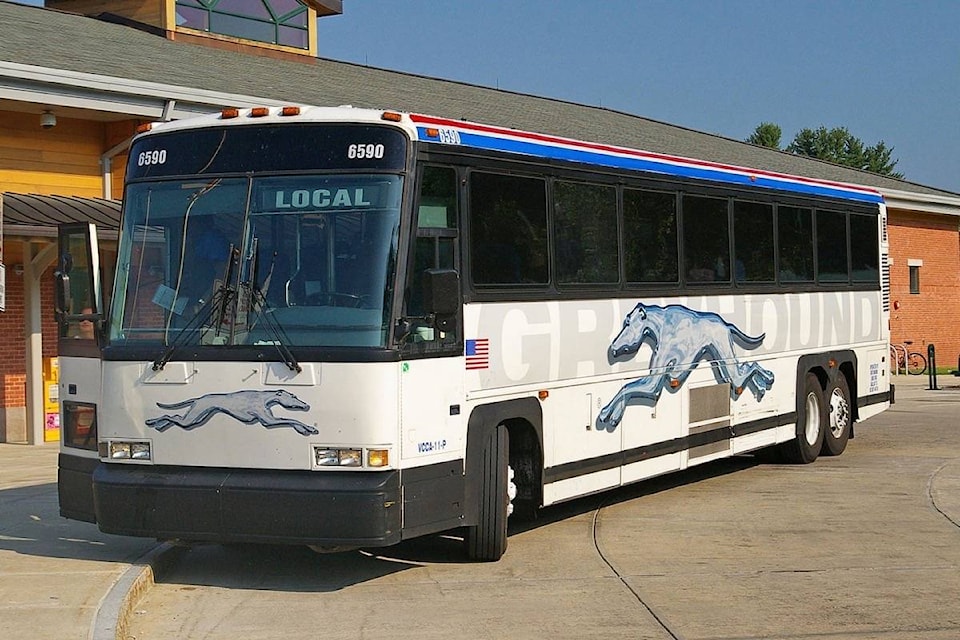Following approval by the B.C. Passenger Transportation Board (PTB), Greyhound will be eliminating service on six routes in North Central B.C., three routes in Southwestern B.C., and three route segments, including the Fraser Canyon from Cache Creek to Hope. As of May 31, the Vancouver–Prince George run will go via Highway 5 and Highway 1 to and from Cache Creek, bypassing the Fraser Canyon portion. Other segments dropped are Hope–Kaleden and Highway 97 near Monte Creek to Highway 97 north of Vernon.
The Vancouver–Prince George service currently operates twice-daily, and Greyhound has not yet said whether there will be any reduction to it. The PTB decision has set a floor of four trips weekly on the 10 routes that Greyhound continues to serve, and the company can reduce service on any of these routes at any time. Greyhound may also drop some stops along these routes; McLeese Lake, Bridal Falls, Laidlaw, and Agassiz will be dropped along the Vancouver–Prince George run.
Greyhound says that the cuts are necessary due to declining ridership, which is causing it to lose $35,000 per day in B.C., with total financial losses of $70 million over the last six years. It also blames ride-sharing services and the new B.C. Transit routes along Highway 16 for making it impossible to turn a profit. The company says that by discontinuing its Northern B.C. passenger routes—including all service along Highway 16, the so-called “Highway of Tears”, between Prince Rupert and Valemount—it will be able to better serve customers in Central and Southern B.C.
However, Greyhound will continue to offer overnight freight delivery in Northern B.C. Peter Hamel, Greyhound’s regional vice-president for Western Canada, says the company will be able to cut freight delivery costs if it no longer has to accommodate passengers.
“Any other option would be, at minimum, half the cost of using a bus and driver,” he says. “It could be a van. It could be third-party logistics. We have a lot more flexibility in how to move freight than we do in how to move passengers.”
While some Northern businesses say that Greyhound’s freight service is essential in getting parts and supplies in a timely manner, others are concerned that it will leave people in the north with fewer viable transportation options. The B.C. Transit service along Highway 16 west from Prince George does not go to Prince Rupert, and the 400 km trip from Prince George to Smithers takes two days, with an overnight stop in Burns Lake.
“Eliminating and reducing services along rural and remote routes will leave people vulnerable, particularly Indigenous communities, women, seniors, children, and those living with disabilities,” says Transportation Minister Claire Trevena.
Cache Creek mayor John Ranta, who drove for Greyhound for more than 30 years, says that it’s unfortunate that the company failed to keep up with the times regarding package deliveries. “Other companies took most of the profit away.” He adds that since the 1990s, other transit services have sprung up in some locations, eroding the profits of companies like Greyhound.
“That’s been the trend over the last few years. The only option is a government-funded service, and if I were the government I’d be a little reluctant to get into that.”
The PTB says it “cannot compel a private business to sustain significant financial losses indefinitely.” Fewer runs and smaller buses along the discontinued runs were dismissed as not viable.
Although private operators are welcome to step in and offer services along the cancelled routes, none have yet done so. The PTB has said it will expedite any such applications.
editorial@accjournal.ca
Like us on Facebook and follow us on Twitter
